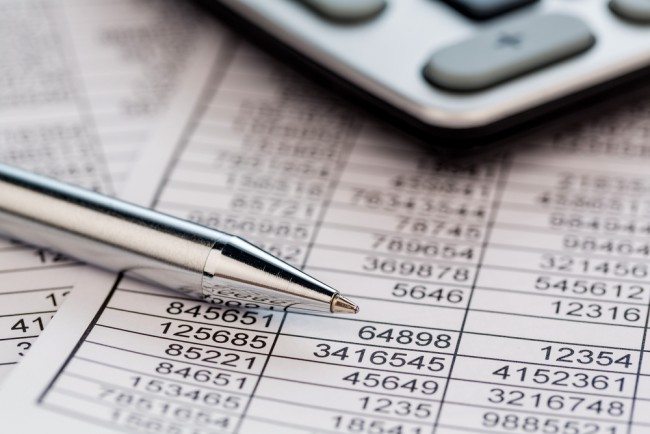Getting to grips with the complexities of VAT can often feel like a minefield for small business owners. Not only are you legally required to register your business for VAT once your turnover of taxable goods and services exceeds the limit set by HMRC (currently £82,000 per year), there are also a multitude of confusing VAT rules that have to be followed in order to remain compliant.
Here, Emily Coltman FCA, Chief Accountant to FreeAgent – a multi-award winning cloud accounting system for micro-businesses and freelancers – explains five of the most common pitfalls that small businesses are likely to encounter when it comes to VAT.
Pitfall 1: using the VAT flat rate scheme without having applied to do so
If you’re not already registered for VAT, you should check each month to see whether your business’s VATable sales have reached the HMRC limit of £82,000 in the last 12 months, or whether you expect them to reach the limit in the next 30 days.
When your VATable sales reach this limit, you must register your business for VAT and submit a VAT return to HMRC each quarter. If your business is still quite small, you may find you are better off using the VAT flat rate scheme. This is an alternative way for small businesses to work out how much VAT to pay to HMRC each quarter and is designed to take some of the work out of recording VAT sales and purchases.
If you want to use the flat rate scheme, you first need to apply to HMRC and be accepted to join it. You can’t use the VAT flat rate scheme without agreement from HMRC – and if you do so, you’ll potentially receive a penalty for paying an incorrect amount of VAT.
Pitfall 2: calculating your flat rate VAT incorrectly
If you are using the VAT flat rate scheme, you will need to make sure that you work out your VAT bill correctly. This involves
- using the correct percentage for your trade in order to calculate the rate of VAT that you need to pay
- including the VAT you charged to your customers when you apply the percentage to your sales
- excluding only the sales that are outside the scope of VAT from your flat rate turnover; all other sales, including those that are exempt or zero-rated, must be included
Pitfall 3: omitting or double-counting VAT when changing schemes
If you don’t use the VAT flat rate scheme, you will need to use one of two methods to calculate how much VAT to pay to HMRC each quarter:
- invoice accounting (which calculates VAT based on the invoices you’ve issued)
- cash accounting (which calculates VAT based on the cash you’ve received)
If you switch from invoice accounting to cash accounting for VAT, be careful not to count invoices twice on your VAT returns. If you switch from cash accounting to invoice accounting, don’t fall into the trap of missing invoices out of your VAT returns altogether.
Many accounting software packages can automatically calculate your VAT liability for you and help you to avoid these kinds of mistakes if you switch from one VAT scheme to another.
Pitfall 4: incorrectly reclaiming VAT on business entertaining
HMRC won’t let you claim VAT on the cost of entertaining anyone other than bona fide current employees of your business. That means you can’t reclaim VAT on the cost of taking customers, suppliers, subcontractors or anyone else out for a meal. As this is a very common business cost, be very careful not to reclaim VAT on it.
Pitfall 5: incorrectly reclaiming VAT on the cost of a new car
Many small business owners purchase vehicles to help them with their business operations. However, if you’re buying a new car (as opposed to a van) you must not reclaim VAT on the cost of the car unless it is either:
- used 100 per cent for business purposes and not available to any employees for private use
- a taxi
- a driving school car
- a self-drive hire car
You can reclaim VAT on the cost of a van, but not a car. If you buy a new vehicle and you’re not sure whether it qualifies as a van, here’s further information from HMRC about both car derived vans and combi vans.
When you’re dealing with VAT, it’s important to make sure that you’re fully up to speed with the rules and you know exactly what you can and can’t claim when it comes to completing your VAT return. Avoiding these common pitfalls should ensure you stay on the right side of HMRC and keep your business out of trouble.
Emily Coltman FCA is Chief Accountant to FreeAgent, who provide a multi-award winning cloud accounting system for micro-businesses, freelancers and their accountants. Try it for free at www.freeagent.com


